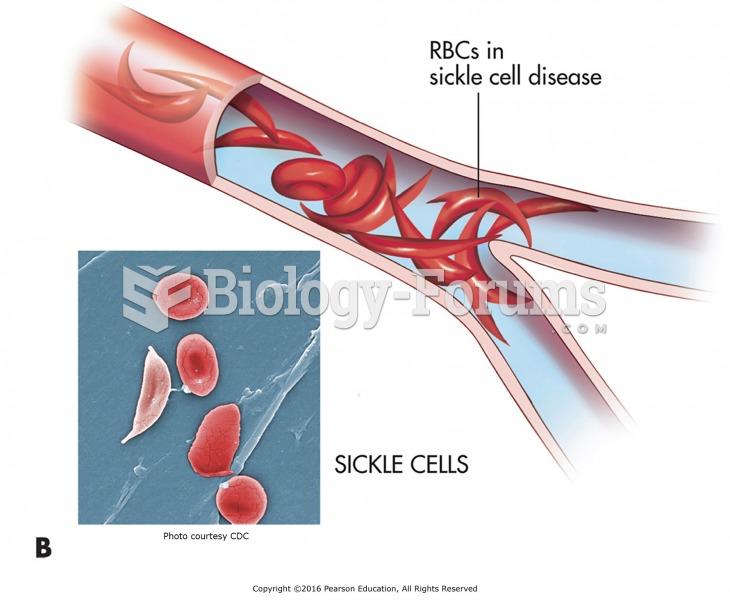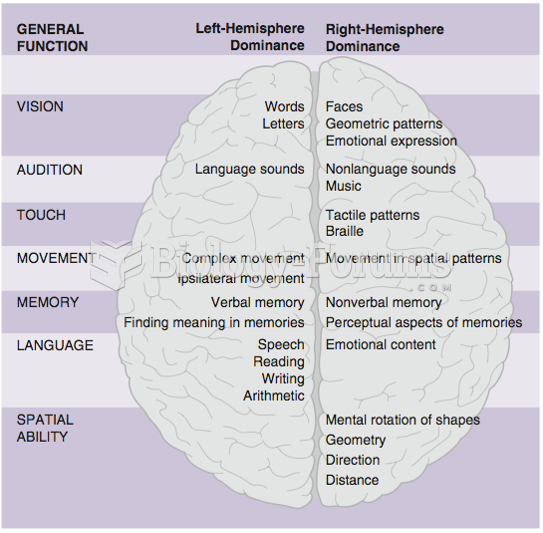Answer to Question 1
Since 1998, the Internet Corporation for Assigned Names and Numbers (ICANN) has had the responsibility of managing domain names and coordinating them with the IP address registrars. ICANN is also responsible for setting standards for the router computers that make up the Internet.
Since taking over these responsibilities, ICANN has added a number of new TLDs. Some of these are generic top-level domains (gTLDs), which are available to specified categories of users. Note that ICANN is itself responsible for the maintenance of gTLDs. Other new domains are sponsored top-level domains (sTLDs), which are TLDs for which an organization other than ICANN is responsible.
Answer to Question 2
In 1945, Vannevar Bush, who was director of the U.S. Office of Scientific Research and Development, wrote an article in The Atlantic Monthly about ways that scientists could apply the skills they learned during World War II to peacetime activities. Bush speculated that engineers would eventually build a machine that he called the Memex, a memory extension device that would store all of a persons books, records, letters, and research results on microfilm. Bushs Memex would include mechanical aids such as microfilm readers and indexes that would help users quickly and flexibly consult their collected knowledge.
In the 1960s, Ted Nelson described a similar system in which text on one page links to text on other pages. Nelson called his page-linking system hypertext. Douglas Engelbart, who also invented the computer mouse, created the first experimental hypertext system on one of the large computers of the 1960s. In 1987, Nelson published Literary Machines, a book in which he outlined project Xanadu, a global system for online hypertext publishing and commerce.
In 1989, Tim Berners-Lee was trying to improve the laboratory research document handling procedures for his employer, CERN: European Laboratory for Particle Physics. Berners-Lee proposed a hypertext development project intended to provide this data-sharing functionality. Over the next two years, Berners-Lee developed the code for a hypertext server program and made it available on the Internet.







